Bars in Italy’s lower-risk ‘yellow’ zones can now serve customers at outdoor tables only. But in a country where many people usually drink coffee while standing at the bar, struggling business owners say this isn’t much help to them.
Ordering food or drinks at the counter remains banned – a rule which Italy’s coffee shop owners say makes no sense and risks damaging their businesses further.
READ ALSO: Schools, restaurants, gyms, travel: Here’s Italy’s new timetable for reopening
“The ban on eating and drinking at the counter has no legal or health basis,” stated the business group Fipe-Confcommercio, which represents Italy’s bar and restaurant owners, according to La Repubblica.
The government “should clarify once and for all that drinking a coffee and eating a cornetto at the counter is possible and, with the right social distancing, without risk.”
The group demanded “an immediate intervention (by the government) to restore the possibility of eating and drinking at the counter,” something which had previously been allowed until a rule change in March.

Aldo Cursano, Deputy Vice President of Fipe-Confcommercio, told La Repubblica the ongoing ban was “an attack on the tradition of the Italian bar”.
“A tradition, known and appreciated all over the world, of coffee drunk quickly at the counter on a break, accompanied by something sweet or savoury.”
This is “a habit for millions of Italians,” he said, and “the lifeblood of the 144,000 bars in our country which, since the beginning of the pandemic, have recorded an 8 billion euro loss in turnover and a reduction in the workforce of 90,000 people”.
READ ALSO:How has the coronavirus crisis changed Italy’s coffee culture?
In some parts of Italy it’s so unusual for people to order coffee while sitting at a table that doing so would usually incur additional service charges.
In Liguria, one part of Italy where the habit of drinking coffee al bancone is particularly common, bar owners say the rule could easily spell the end for their businesses.
“If you can’t drink at the counter, you give up on coffee,” Alessandro Cavo, president of the Liguria branch of Fipe Confcommercio, told local media.
“The amount of coffee drunk at tables is less than at the counter, and this is especially true for our city.”
“We believe that with distancing, the act of quickly drinking a cup of coffee carries a minimal risk – and this minimal risk represents the difference between life and death for a business based on this type of work,” he continued.
Drinking coffee at the bar was not explicitly prohibited in Italy’s latest emergency decree, but in a government circular issued on April 24th.
It clarified that counter service is allowed at bars that “allow consumption in the open air” such as outdoor kiosks, but not indoors.

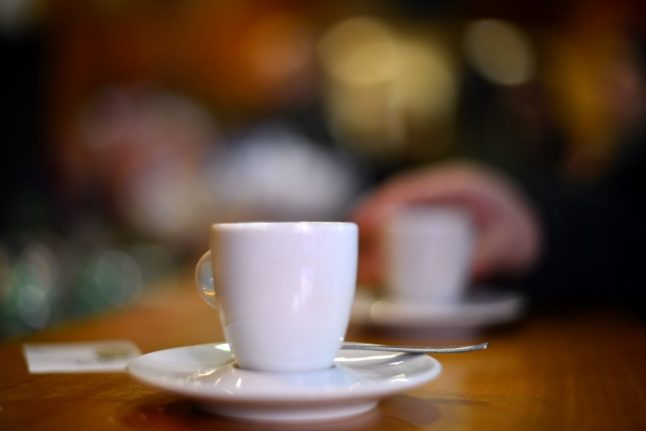

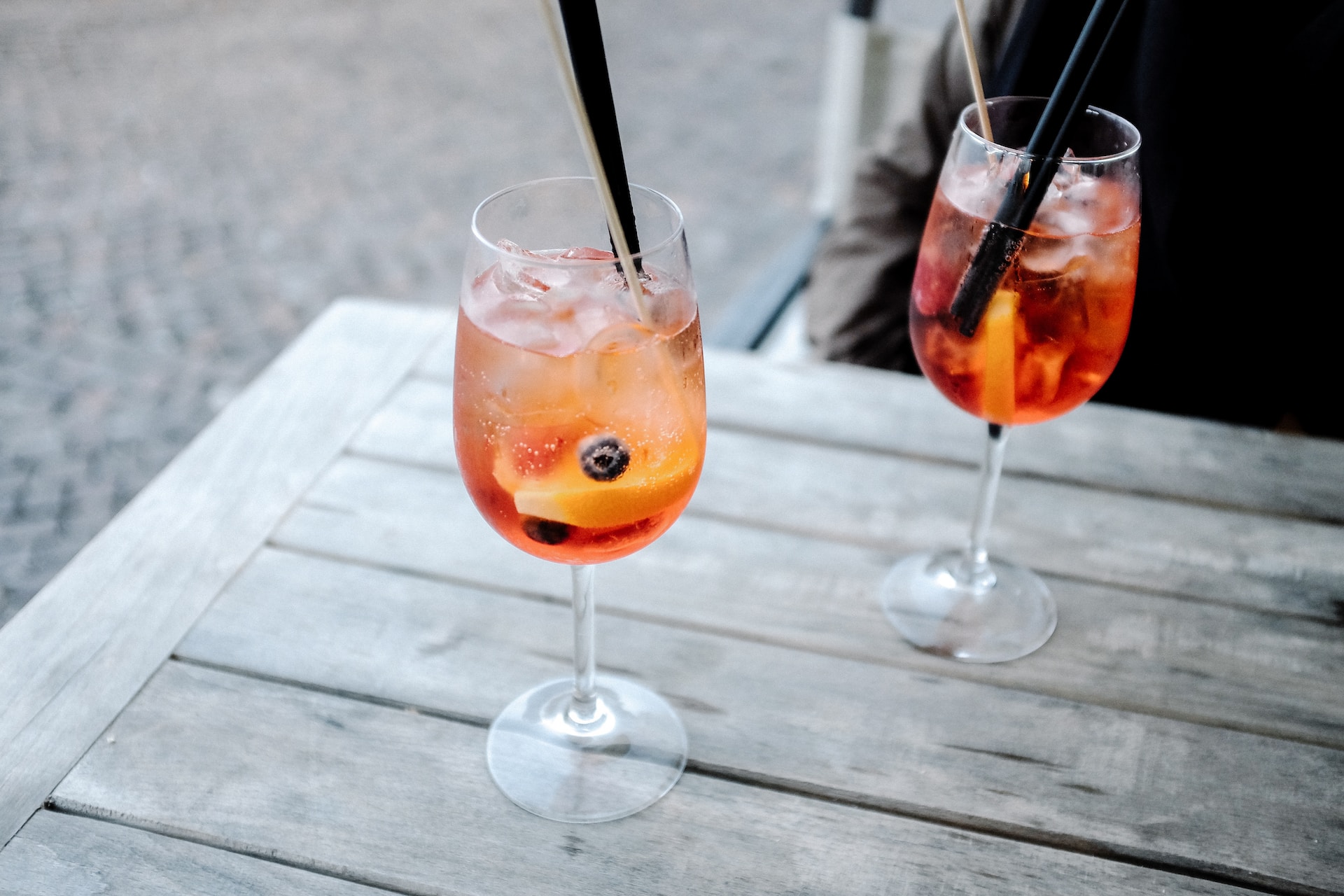
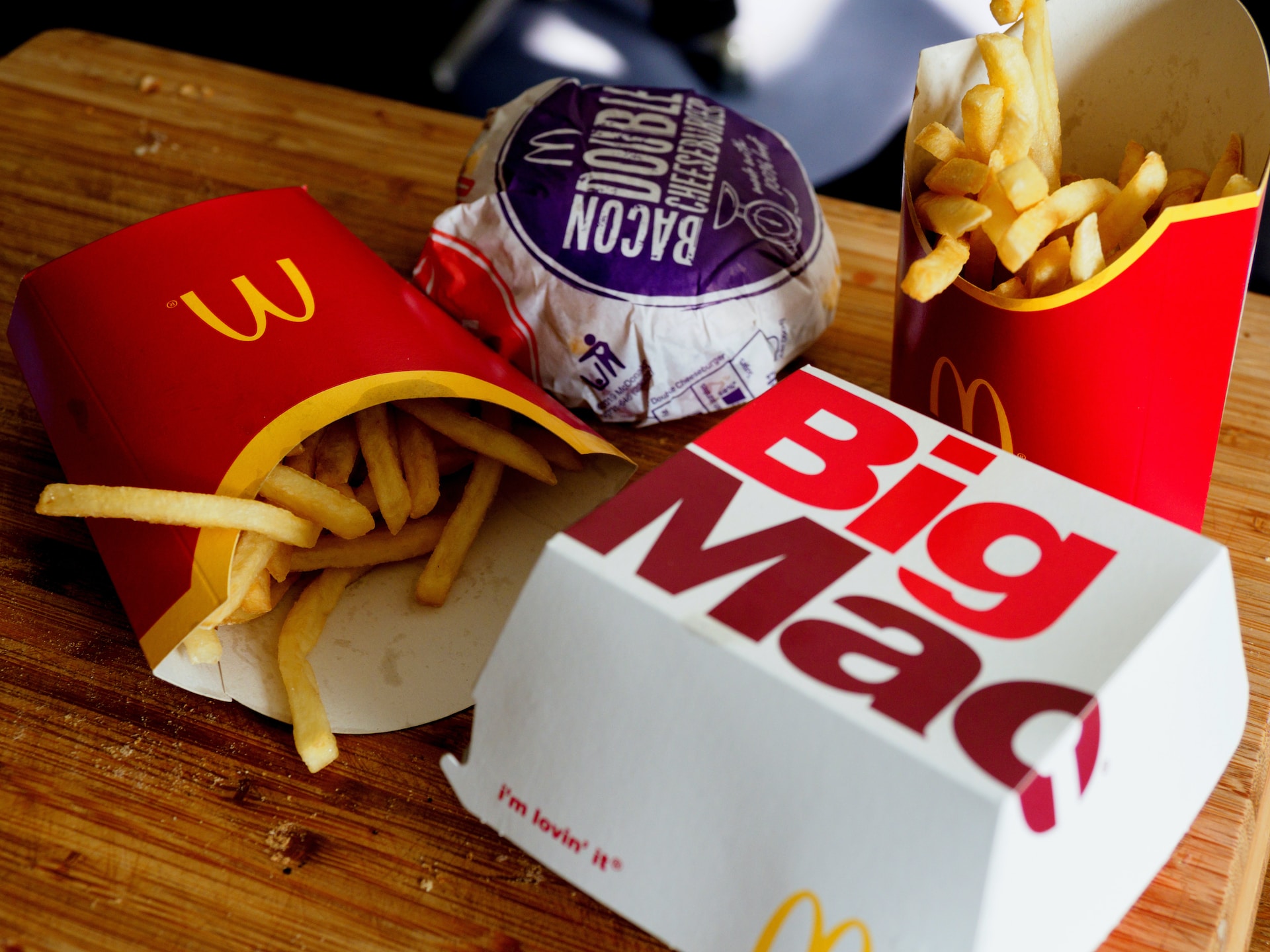
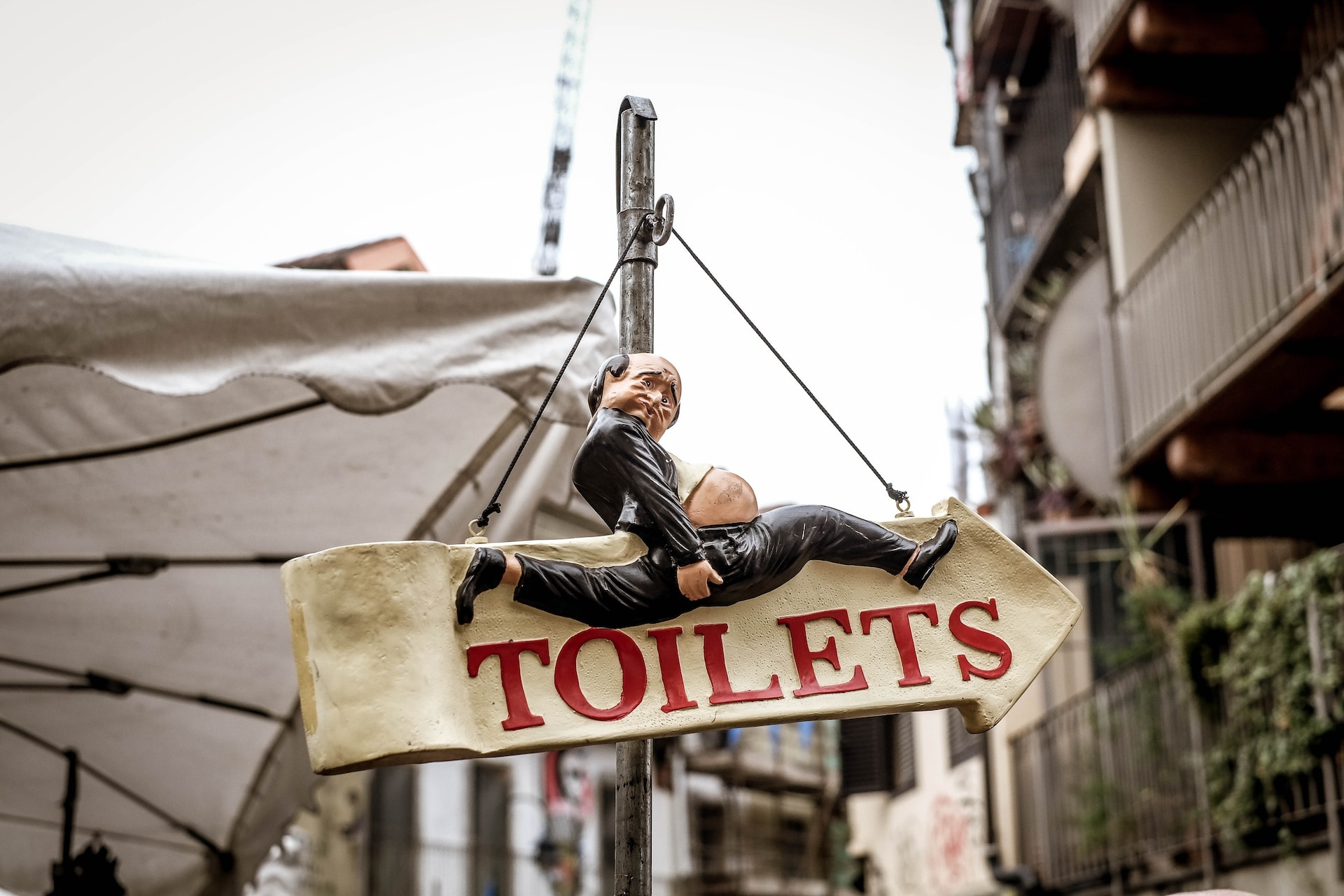
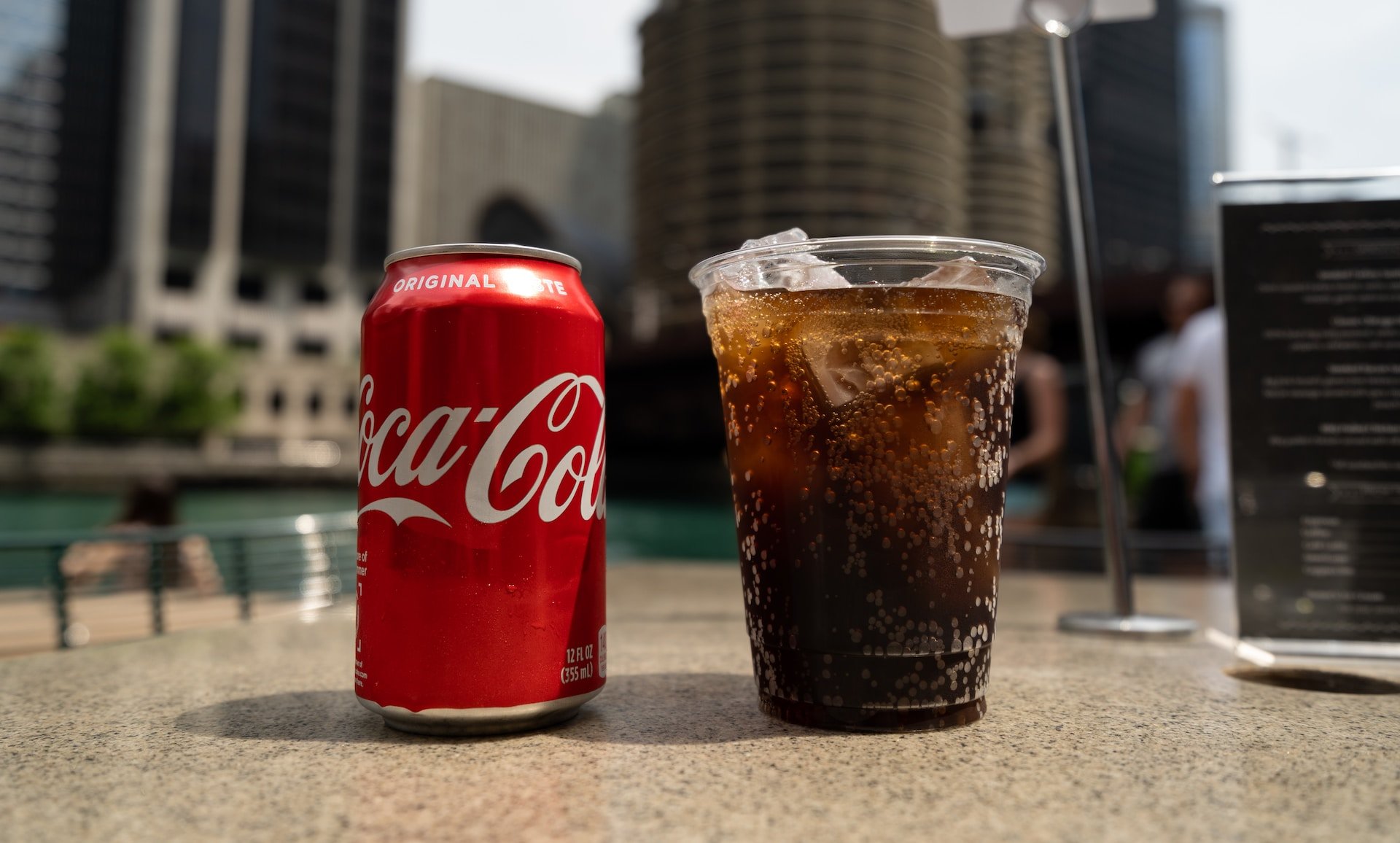
 Please whitelist us to continue reading.
Please whitelist us to continue reading.
Member comments